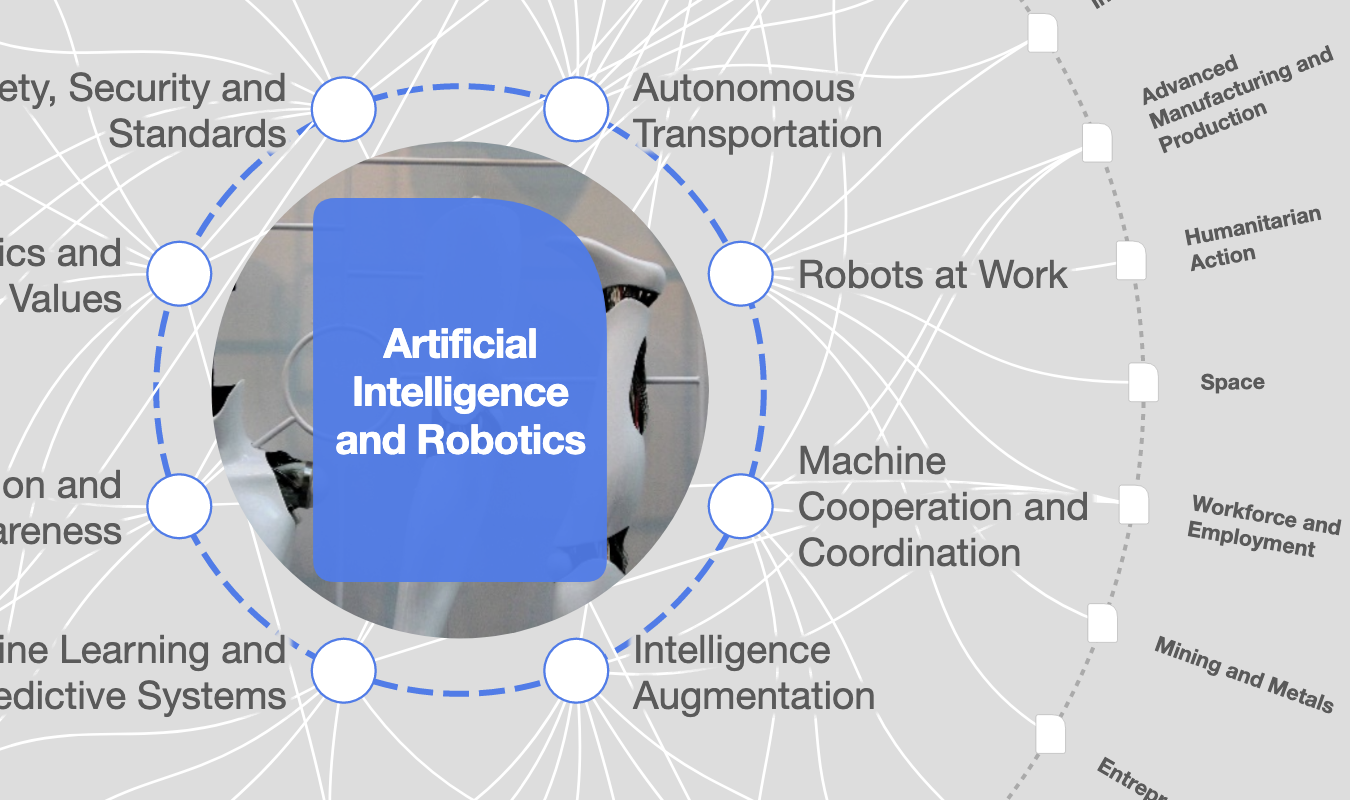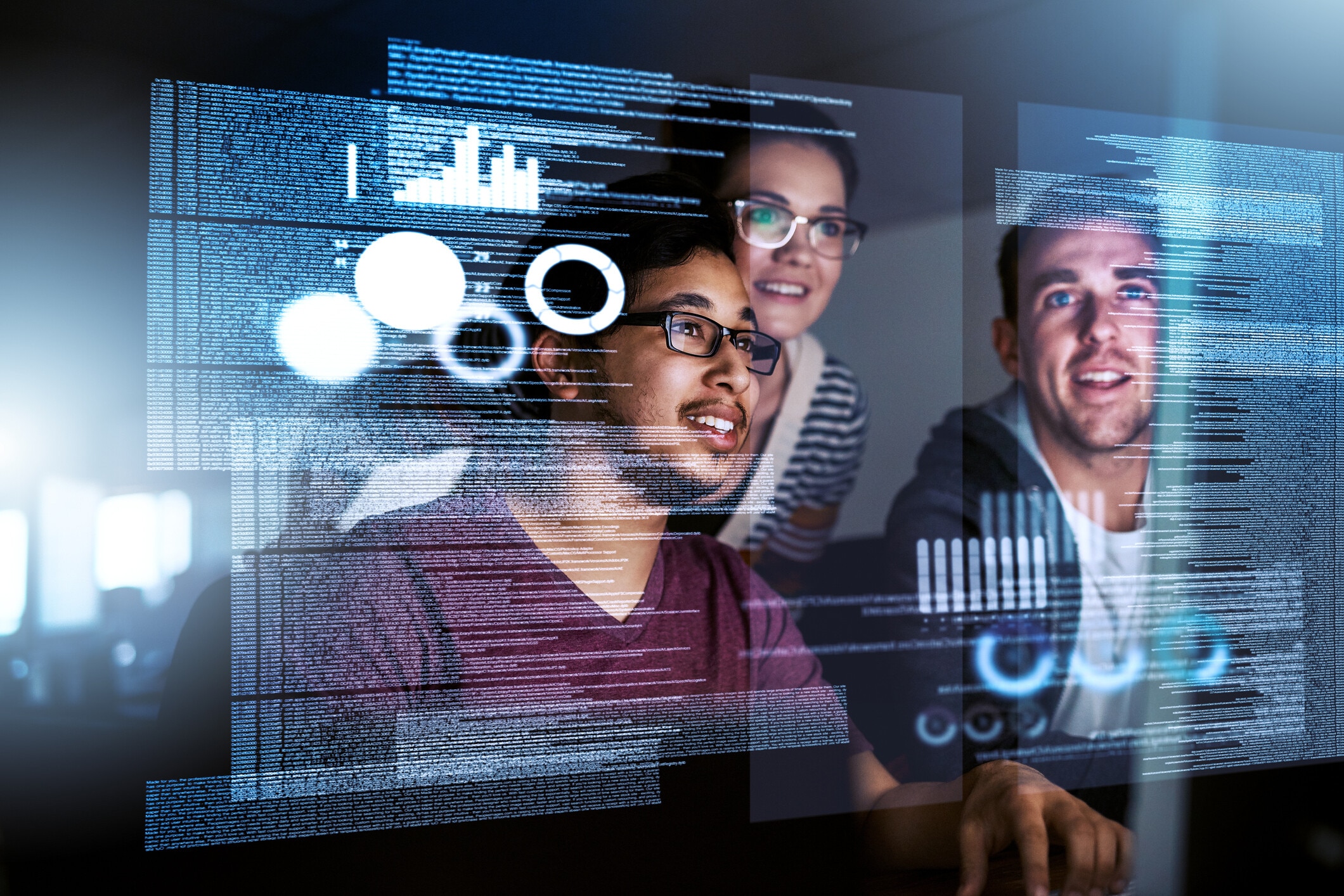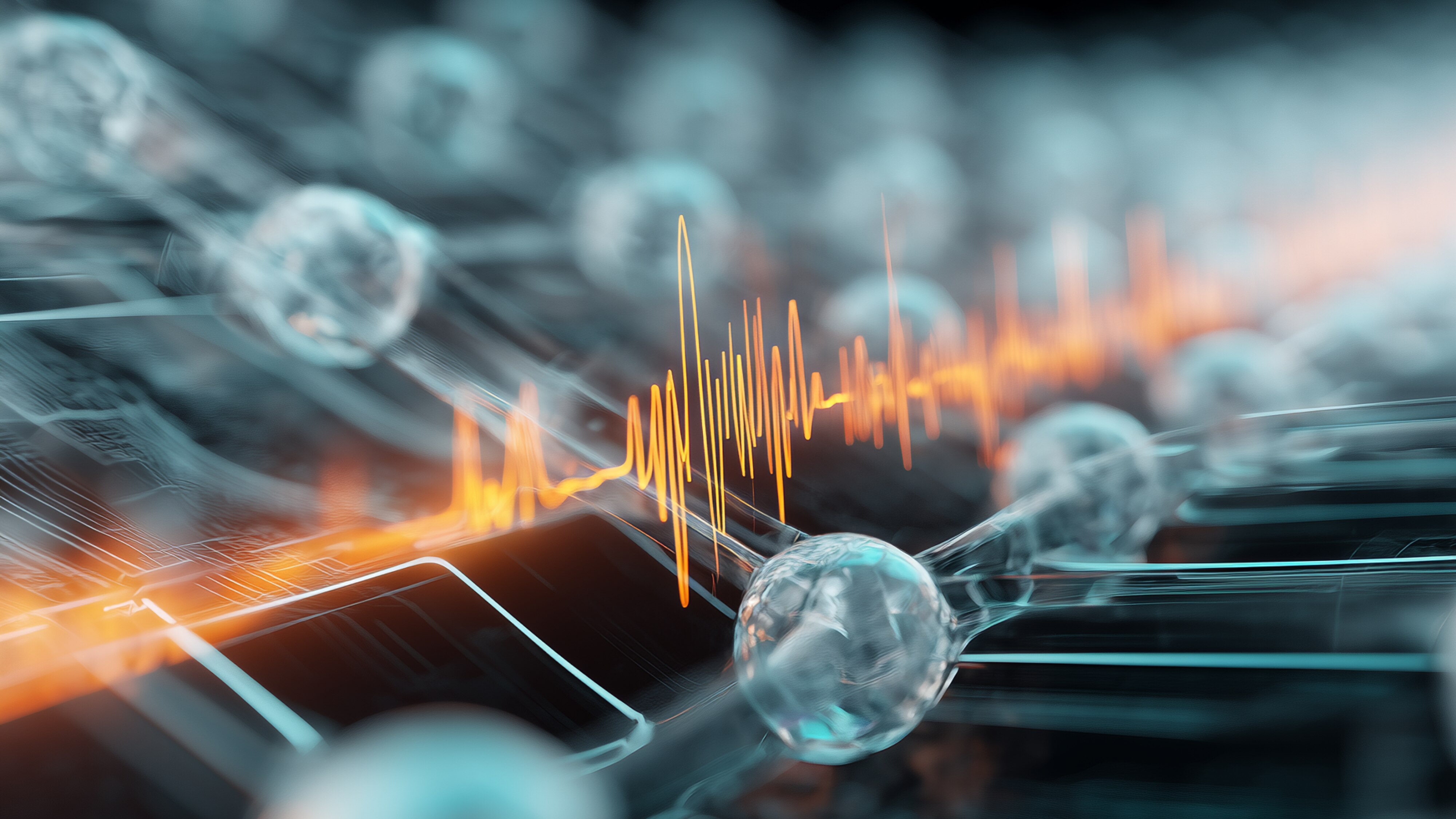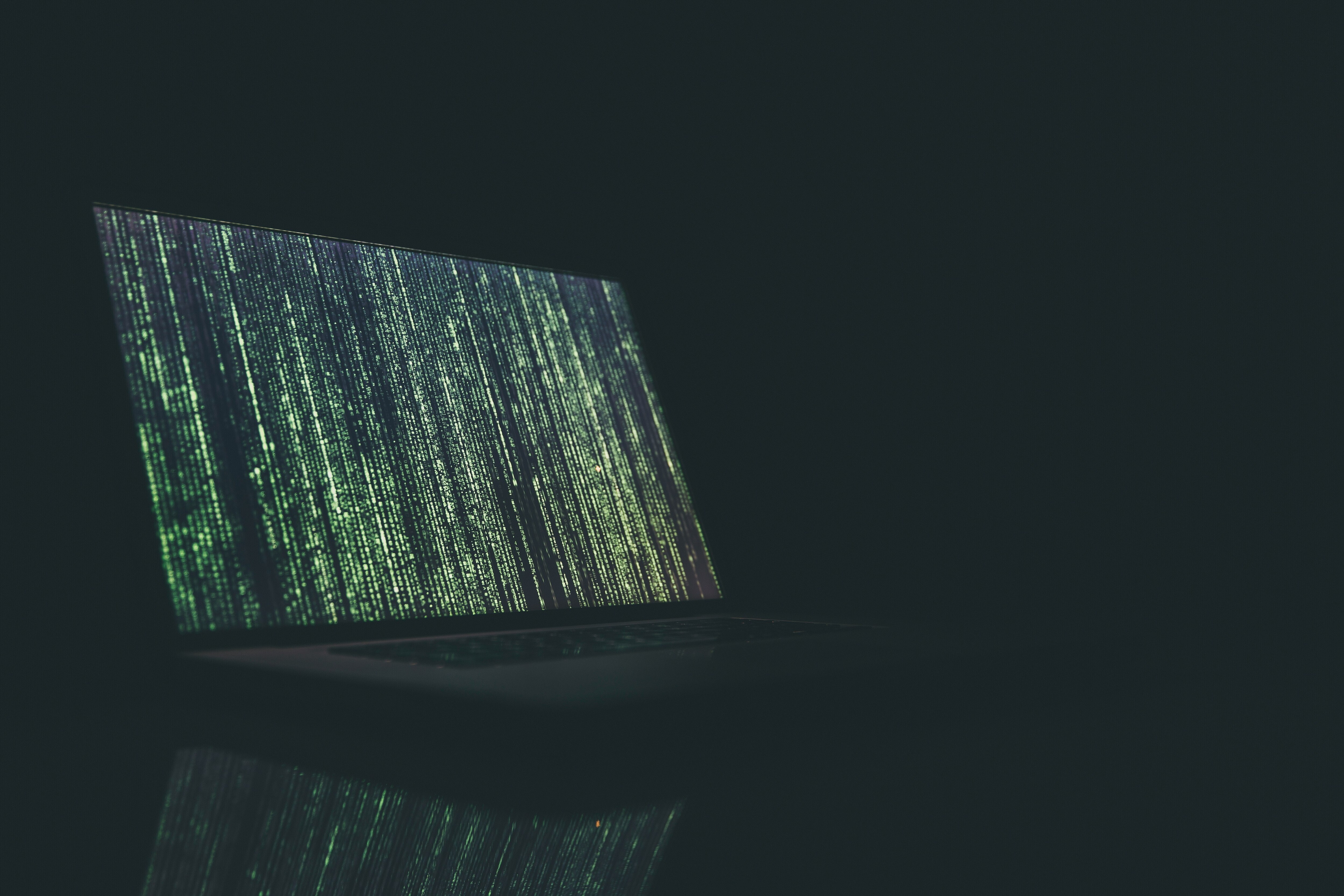Physical AI is helping us understand our world — not just automating it
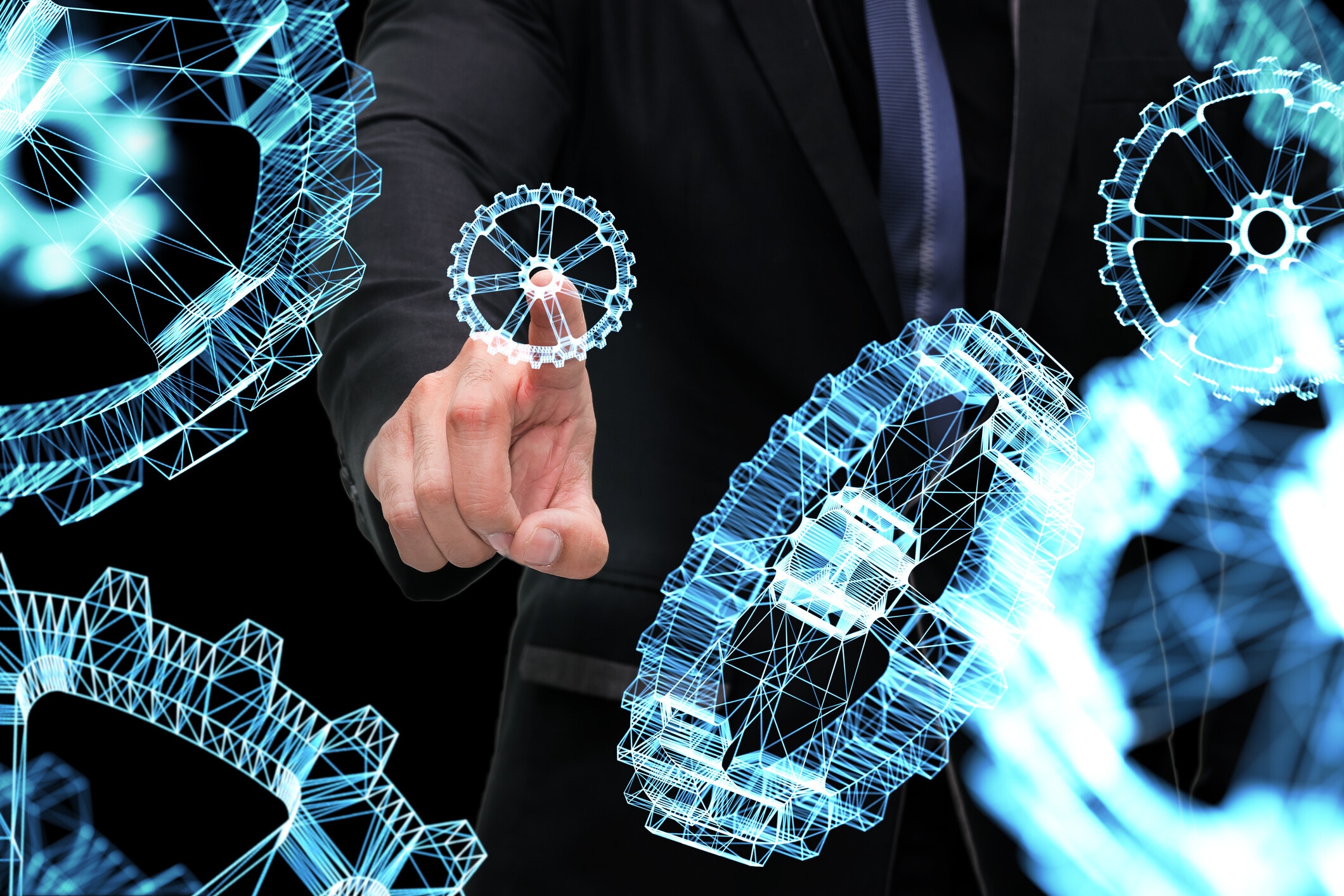
Physical AI systems that help human teams manage increasingly complex environments. Image: Getty Images/iStockphoto
- Physical AI that interprets the world through sensor data can help address global challenges such as supply chain disruptions and labour shortages.
- Much of the current discourse around physical AI has become synonymous with robotics, and focuses heavily on automation rather than augmentation.
- Instead of building robots to replace humans, we need physical AI systems that help smaller teams manage increasingly complex environments.
Can we ever fully understand physical reality? For centuries, philosophers and scientists have debated this question. Today, it’s more than theoretical – it’s a matter of survival.
Extreme weather events are increasing in frequency and intensity, industrial systems are failing under unprecedented loads, and supply chains are collapsing in ways we struggle to predict. Meanwhile, due to a critical labour shortage, there are fewer skilled workers to manage these complex challenges.
The AI conversation has been dominated by chatbots and humanoid robots, but physical AI – artificial intelligence that interprets the world through sensor data – represents a new opportunity to address humanity's most urgent challenges. The trouble is, we’re thinking about it all wrong.
The narrow vision around physical AI
Current discourse around physical AI has become synonymous with robotics: machines designed to automate tasks like folding laundry, assembling products, or delivering packages. Boston Dynamics' Atlas can do backflips, Tesla's Optimus promises to handle household chores, and Amazon's warehouse robots are already handling packages.
These use cases matter, but they focus on automation rather than augmentation. Given the severe labour shortages across physical industries, we need solutions that multiply human capability rather than simply substituting for it.
By equating physical AI with robotics, we risk missing a more promising opportunity: using AI to help fewer workers understand and manage complex physical systems at scale.
And the stakes go far beyond efficiency gains. Manufacturing, energy, construction, transportation and agriculture are all under pressure because of climate change, ageing infrastructure and supply chain volatility. All of them are dealing with critical workforce shortages that demand we do more with fewer people.
The ‘trillion sensor economy’ of today
We're already living in what experts call the "trillion sensor economy”, with trillions of sensors forming what is known as the internet of things or the internet of everything.
The physical world is saturated with monitoring devices: radar systems tracking weather patterns, thermal sensors monitoring equipment health, vibration detectors identifying structural stress and chemical sensors measuring air quality.
The data volumes generated by such technologies are staggering. A single autonomous vehicle generates 25 gigabytes of sensor data daily, while modern aircraft produce 20 terabytes of engine data per hour across hundreds of thousands of parameters.
Yet most of that data – from vehicles, aircraft, factories and more – goes unused. The problem isn’t data scarcity. It’s our inability to synthesize disparate sensor streams into actionable intelligence fast enough to make a difference. With fewer experienced workers available to interpret these signals, this becomes an even bigger problem.
Physical AI for multiplying human capability
Instead of building robots to replace humans, we need AI systems that help smaller teams manage increasingly complex environments.
Consider the energy sector, where an ageing workforce is retiring faster than new workers can be trained. In this industry, physical AI can synthesize weather data, pipeline pressure readings and other critical data in real-time, giving operators contextual awareness and predictive alerts about vulnerable system components to make sure there are no major disruptions.
Similar potential exists across industries:
Manufacturing: Physical AI can fuse sensor data to predict equipment failures weeks before they occur, enabling smaller maintenance teams to work proactively rather than reactively. Instead of replacing technicians, it equips them with diagnostic insights – meaning one expert can oversee systems that once required a full team.
Construction: AI can analyse site cameras, weather sensors and worker safety risks in real-time. With construction safety inspector shortages becoming critical, this technology helps fewer safety professionals monitor large job sites.
Smarter environments: Physical AI enables adaptive systems, from driver-aware vehicles that reduce distractions, to smart homes that adjust to occupant behaviour, to urban infrastructure that proactively responds to floods or snowstorms.
Physical AI complements human workers
Physical AI’s greatest value isn’t in replacing human workers – it’s in giving them superhuman analytical capabilities.
As the physical world grows more complex, we need AI tools that can process sensor data in real time, identify patterns and deliver actionable insights to decision-makers on the ground.
How is the World Economic Forum creating guardrails for Artificial Intelligence?
This means moving beyond narrow automation. What’s coming is a new generation of AI models that can interpret any type of physical data, understand spatial relationships, and act with context.
The goal isn’t just to automate tasks — it’s to equip humans with intelligent tools that let them understand and respond to the physical world at speed and scale.
Don't miss any update on this topic
Create a free account and access your personalized content collection with our latest publications and analyses.
License and Republishing
World Economic Forum articles may be republished in accordance with the Creative Commons Attribution-NonCommercial-NoDerivatives 4.0 International Public License, and in accordance with our Terms of Use.
The views expressed in this article are those of the author alone and not the World Economic Forum.
Stay up to date:
Artificial Intelligence
Related topics:
Forum Stories newsletter
Bringing you weekly curated insights and analysis on the global issues that matter.
